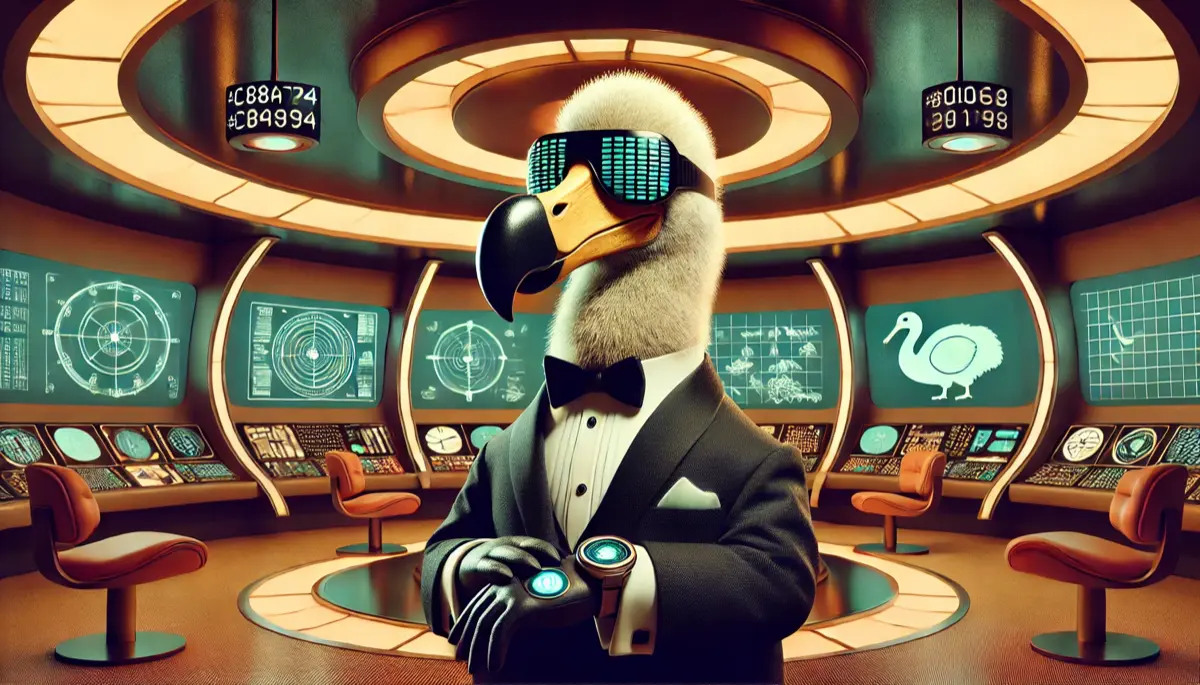This article first appeared on Adobe’s CMO.com - March 2015
We live inside networks and you could argue that we always have. Before the age of computer networks we relied on networks of friends, family and colleagues.
Our digital networks now operate at global scale in real time. I write these words while waiting for a glitch in an immigration computer in Canberra, Australia to be resolved so that my flight from London, UK can take off. We’re used to routinely searching for and accessing content on systems distributed across a global network without even thinking about it. It’s become reflexive and intuitive for us.
In 1926 Nikola Tesla saw this coming:
When wireless is perfectly applied the whole earth will be converted into a huge brain… We shall be able to communicate with one another instantly… as though we were face to face, despite intervening distances of thousands of miles; and the instruments through which we shall be able to do this will be amazingly simple compared with our present telephone. A man will be able to carry one in his vest pocket.
Tesla understood the potential of the emerging technologies of his day for remote and real-time communication between people (peer-to-peer or P2P). He couldn’t have anticipated the rapid evolution of devices that communicate with each other without human participation (machine-to-machine or M2M). Established businesses and startups around the world are busy with a grand mission to network everything to everything else: our watches, clothes, jewellery, homes, cars, pets and even our bodies and the electro-chemistry of our brains. The mission is startlingly uncoordinated but seemingly relentless, and progressing at amazing speed, giving rise to yet another set of category buzzwords: internet of things, internet of everything, smart this, smart that, nearables, wearables.
Wearables Are Nothing New
“Wearable” technology is, of course, a matter of degree and is nothing new. Consider the caveman in his fetching loincloth: a technology that you wear. The ear trumpets of the 17th and 18th centuries, spectacles and the pocket watch are all historic forms of wearable technology that enhance our ability to interface with the world around us. The wearable technologies of the near future are connected to each other, our other devices, cloud services, the sensors littering our physical environment and, ultimately, our biology.
This is a Mesh of devices and connections enabled by proximity technologies such as BLE (Bluetooth Low Energy or Smart Bluetooth) and Apple’s Multipeer Connectivity Framework. The technologies permit devices to communicate directly with each other and swap data without needing a connection to the internet. Professor Julie McCann at Imperial College London foresees a time when distributed devices of this sort shrink in size forming “smart dust”, bringing a degree of self-organising intelligence to the physical environments we inhabit.
Marshall McLuhan, of “the medium is the message” fame, was thinking along similar lines in 1964:
…by means of electric media, we set up a dynamic by which all previous technologies, including cities, will be translated into information systems.
It is barely possible to keep up with individual developments in this rapidly moving space. There are several new related product or service announcements every day: the Apple Watch; the multitude of fitness trackers from FitBit, Withings etc; the $150k Christophe & Co luxury smart armill; Google’s acquisition of the Nest smart thermostat for the smart home; automotive telematics - black boxes that insurance companies are using to provide dynamic insurance quotes; the variety of beacons and sensors being trialled as loyalty or sales promotion programmes in retail spaces such as Physical Cookie in Helsinki; personal telematics, where insurance companies such as Oscar in the US monitor your activity levels in order to customise your premium; Autodesk and BP monitor their employee health levels via fitness wearables; and so on.
Characteristics Of The Mesh
Despite the rapid evolution, the Mesh does appear to exhibit some consistent characteristics.
- Personal- The Mesh will have access to, and operate on, extremely personal data. Our position, habits, our state of health from moment to moment, physical capabilities, our emotional state in real time
- Pervasive- The Mesh will be everywhere and notions of online, offline, digital and mobile will be obsolete (if they aren’t already)
- Proximate- Interactions, communication cascades and database updates will be triggered by our proximity to a device or sensor, whether set in a fixed position in the environment or blended with the items on our person
- Persistent- We will expect our actions in one “place” to be reflected in relevant others. If we are adding items to an ecommerce shopping cart while in transit, we’ll expect that behaviour to be recognised when entering a physical store
- Prescient- Mesh-enabled services will know what we want or need before we do
More Questions Than Answers
When thinking about the implications of the Mesh for business and society, there are more questions than answers at the moment. In a Personal Information Economy, who owns the data generated by an individual simply passing through their day? To what degree will we be imprisoned or empowered by the Mesh? Will we see a two-tier system where it is mandatory for the poor or those with high-risk lifestyles to be monitored in real time in order to access certain financial or medical services? Will we see the emergence of Faraday Zones where the Mesh is prohibited in order to guarantee a degree of privacy?
The Mesh is coming. It will be chaotic as there are no common standards such as those that permit the internet to operate. Let’s hope that, during the coming chaos, the rights of the individual aren’t lost.










